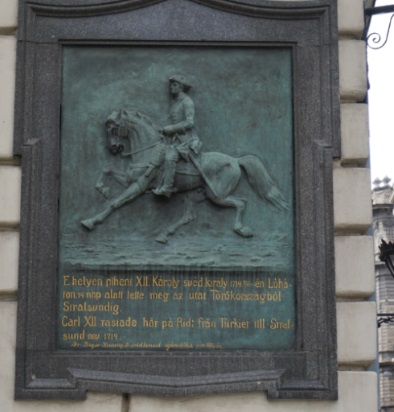Topic: Livonia
In May 1705 a large shipment arrived at Neumünde. The fortress commander Colonel Albedyhl on the 19th informed Governor Frölich of the arrival of the vessel Elisabeth under the command of captain Matthias Feder. Albedyhl had suggested that some of the equipment should be handed over to his regiment, but Feder had refused to comply without direct orders from Frölich. Frölich sent his decision to Feder the very same day: everything listed on the specification sent by the College of War must be delivered to Riga. Only if the ship carried an additional cargo earmarked for Albedyhl's regiment would the colonel be permitted to unload anything.
The list of items sent on Feder's ship is quite impressive:
100 pistols for Schreiterfelt's dragoons
90,000 pistol balls for the armoury at Riga
45,000 carbine balls for the armoury at Riga
110,000 musket balls, ditto
120,000 buckshot pellets (rännkulor), ditto
600 shovels, ditto
300 picks, ditto
200 scythes of the old fashion, ditto
2 double jacks, ditto
2 simple jacks, ditto
100 drums, ditto
30,000 firestones, ditto
100,000 flintstones, ditto
plus large amounts of horseshoes, horseshoe nails and other nails of various dimensions.
Sources:
LVVA, fond 7349, op. 1, vol. 56
Rahvusarhiiv, EAA.278.1.XX-25c
Rahvusarhiiv, EAA. 278.001.XXV-99


